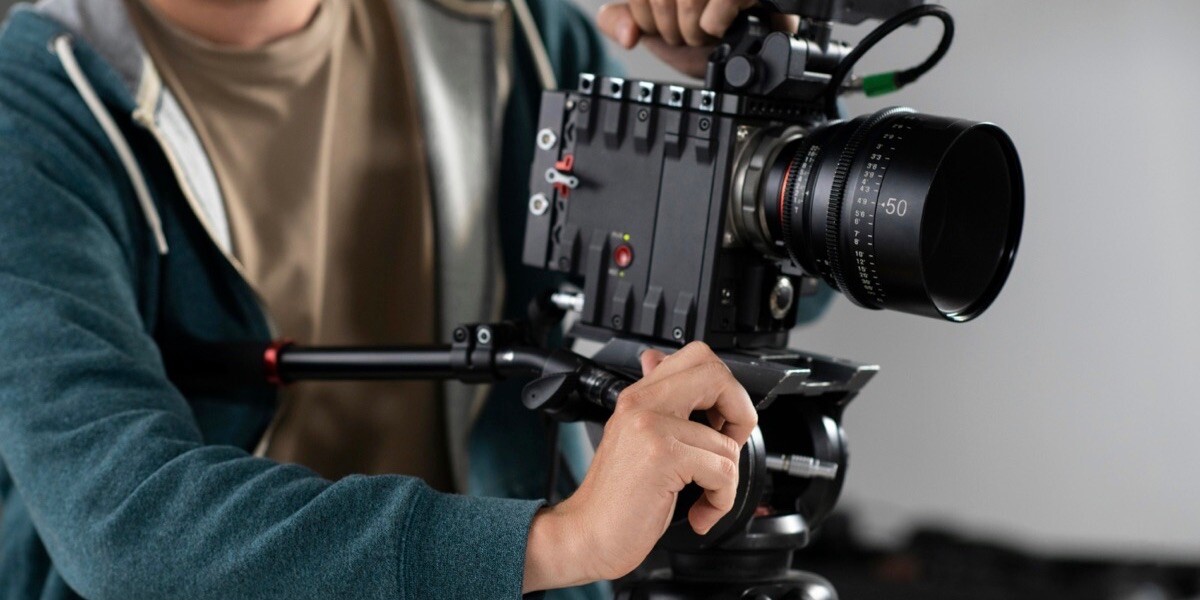
Virtual Production Workflow: Revolutionizing Modern Filmmaking
In recent years, virtual production has transformed how filmmakers approach storytelling, providing a seamless fusion of real and digital worlds. This advanced workflow allows directors to view their scenes in real time, blending live-action footage with computer-generated elements. With its immersive approach, the virtual production workflow is pushing the boundaries of creative possibilities and efficiency, making it an indispensable part of modern filmmaking.
Key Stages of the Virtual Production Workflow: From Concept to Final Product
The virtual production workflow involves several distinct stages, each crucial for achieving a cohesive visual experience. Starting with pre-visualization, creators can use software to conceptualize and sketch out scenes before filming. During this stage, directors, cinematographers, and visual effects artists collaborate closely to plan camera angles, lighting, and scene composition, ensuring that the live and virtual elements harmonize. With an interactive film workflow, each department can visualize and refine its contributions, allowing for smoother transitions and adjustments between live-action and CGI.
Once pre-visualization is complete, filming begins in a controlled environment where actors perform in front of LED screens or green screens. This setup integrates live performances with digital landscapes, often enhanced by real-time engines like Unreal Engine. Following this, the virtual production pipeline extends into post-production, where special effects, final touches, and editing take place. This stage ensures that all components—visuals, sound, and special effects—blend seamlessly, creating an immersive film experience for the audience.
How Virtual Production Reduces Time and Costs in Filmmaking
Virtual production streamlines various aspects of filmmaking, helping studios save time and resources while maintaining high-quality standards. Traditional sets require extensive construction and tear-down phases, often incurring substantial costs. In contrast, a virtual production pipeline can replicate multiple environments digitally, eliminating the need for physical set changes. This approach not only reduces construction expenses but also allows for quicker scene transitions, enabling directors to cover more ground within tighter schedules.
Moreover, the interactive nature of virtual production means that decisions can be made faster on set. Filmmakers can instantly adjust settings, lighting, or even landscapes, allowing for real-time refinements that save editing hours down the line.

